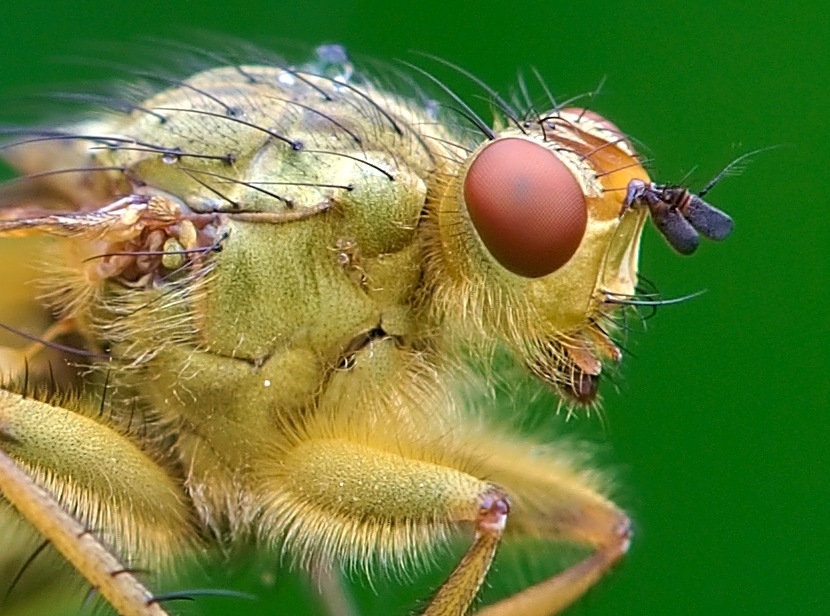Macro photography is a genre that captures the details and textures of small subjects, such as flowers, insects, and other tiny objects. By using a macro lens or extension tubes, you can get up close and personal with your subject and capture stunning details that are often invisible to the naked eye. Here are some tips and techniques to help you master the art of macro photography.
Use the Right Equipment
The right equipment is essential for macro photography. A macro lens or extension tubes can help you get closer to your subject and capture stunning details. A tripod is also essential for keeping your camera steady and avoiding blurry shots. You can also use a remote shutter release or the self-timer function on your camera to avoid camera shake.
Find the Right Lighting
Lighting is crucial for macro photography. Natural light is ideal, but if you’re shooting indoors or in low light conditions, you can use a ring light or a macro flash to provide even and diffused light on your subject. You can also use reflectors or diffusers to control the light and create a soft and flattering effect.
Experiment with Depth of Field
Depth of field is the range of distance in your photo that appears in focus. In macro photography, depth of field is often very shallow, so you need to experiment with different apertures to create the desired effect. A wide aperture such as f/2.8 or f/4 can create a shallow depth of field, blurring the background and drawing attention to the subject. A narrow aperture such as f/16 or f/22 can create a deeper depth of field, keeping more of the image in focus.
Consider the Background
The background is an essential element in macro photography. A cluttered or distracting background can take away from the subject’s details and textures. Look for a simple and neutral background, such as a plain wall or a piece of white paper, to create a clean and uncluttered effect. You can also use a diffused background, such as a piece of frosted glass or a flower petal, to create a dreamy and ethereal effect.
Use Composition Techniques
Composition is the arrangement of elements in your photo, and it can have a significant impact on the final result. Use techniques such as the rule of thirds, leading lines, and symmetry to create a visually appealing and balanced composition. Experiment with different angles, such as shooting from above or below, to create a unique and interesting perspective.
Pay Attention to Details
In macro photography, details matter. Pay attention to the details and textures of your subject, such as the patterns on a butterfly’s wing or the veins on a leaf. Look for interesting angles and perspectives that highlight these details and create a sense of depth and dimension.
Practice, Practice, Practice
Macro photography can be challenging, but practice makes perfect. Experiment with different techniques, settings, and lighting setups to find the approach that works best for you. Don’t be afraid to make mistakes or try new things, and keep practicing until you achieve the desired effect.
In conclusion, macro photography is a fascinating and rewarding genre that captures the beauty and intricacy of small subjects. By using the right equipment, lighting, and composition techniques, and paying attention to the details, you can capture stunning macro photos that showcase the beauty.



